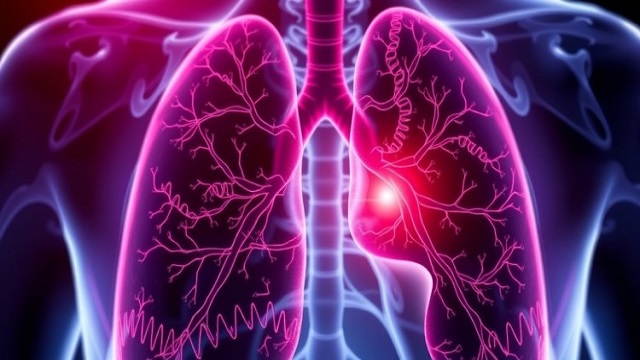Study Reveals 1 in 3,000 People at Risk of Punctured Lung Due to Faulty Gene
A new study has discovered that 1 in every 3,000 people may be at risk of a punctured lung due to a faulty gene. The research highlights the connection between genetics and the risk of lung injury, showing that certain genetic mutations can make the lungs more vulnerable to damage.
The study, conducted by a team of scientists, examined the genetic makeup of people who had experienced spontaneous lung punctures. They found that a specific gene mutation could increase the chances of the lungs being injured, even without any obvious cause. A punctured lung, also known as a pneumothorax, happens when air leaks into the space between the lung and chest wall, causing the lung to collapse. This condition can be serious and may require immediate medical attention.
The researchers believe that the faulty gene weakens the lung tissue, making it more likely to tear or rupture. While the condition is rare, understanding the genetic link is important, as it could help doctors identify people who are at higher risk and provide early warnings. People with the faulty gene might be able to take preventive measures or undergo regular check-ups to monitor their lung health.
Scientists are continuing to study how this gene mutation affects the lungs and whether other factors, such as environmental conditions or lifestyle, might influence the risk. The findings could lead to new treatments or interventions that could help protect those at risk of lung injuries.
In conclusion, the study reveals that a faulty gene could put 1 in 3,000 people at risk of a punctured lung. By identifying those at higher risk, doctors can take steps to help prevent lung damage and ensure better outcomes for affected individuals. The research is a step forward in understanding how genetics can influence lung health and how to manage potential risks.

